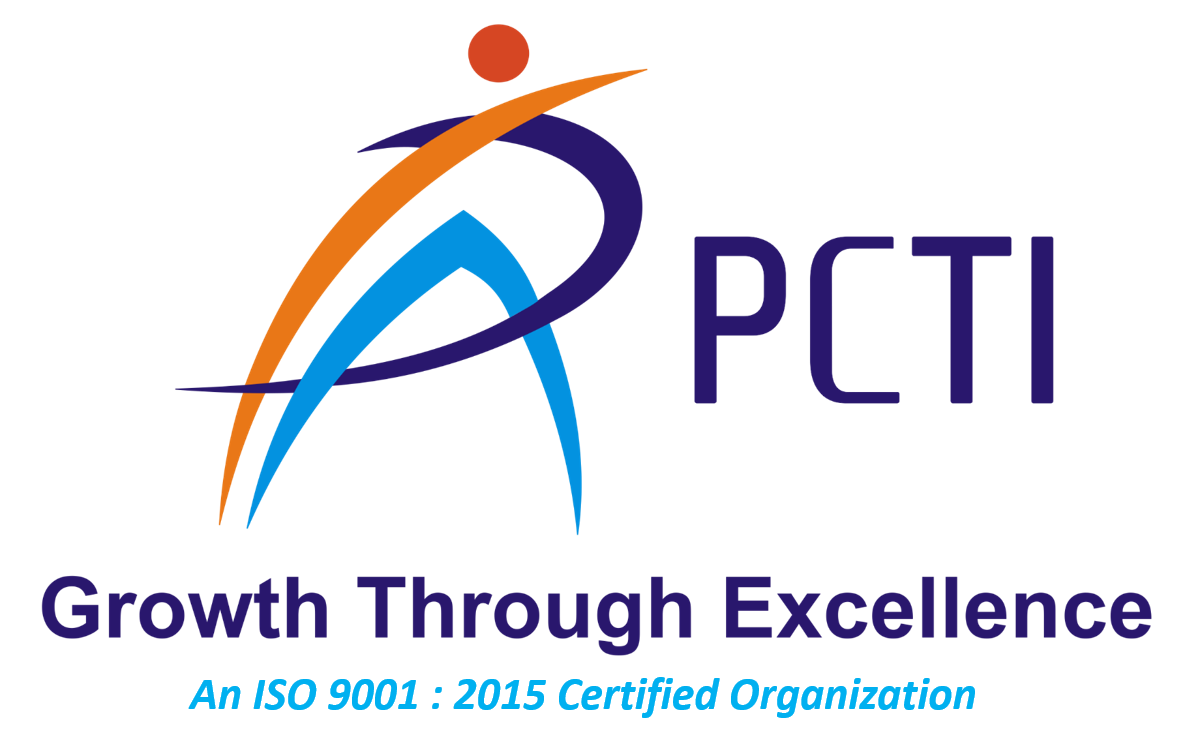Managing conflicts in institution and work place
We are all likely to encountered conflicts in the life that affect our morale, limit our productivity, and may even lead us to seek alternatives elsewhere.
At some point in your life or career, you'll find yourself dealing with conflict and will need to find appropriate conflict resolution methods to help improve the situation.
CONFLICT MANAGEMENT, OR CONFLICT COMPETENCE, is "the ability to develop and use cognitive, emotional, and behavioral skills that enhance productive outcomes of conflict while reducing the likelihood of escalation or harm," or, to put it differently, having "crucial conversations" and "crucial confrontations." In other words, it involves learning how to handle situations as they arise in a calm and measured way, taking into account individuals' personalities and needs, and coming up with a solution that contributes to forward momentum within the organization.
CONFLICT RESOLUTION SKILLS can come into play in any number of situations. Some of the most common might include conflicts between an employee and their manager, two members of a team, or a customer and employee. No two conflicts will be alike - some might be personal, some might be work-related, and still others could simply be a result of miscommunication. Regardless of the type of conflict you're dealing with, you'll usually need to draw from a core skill set of conflict resolution techniques to help guide involved parties to a positive outcome.
PRACTICAL STRATEGIES TO HANDLE CONFICTS IN WORKPLACE
-
INNER CONFLICT where tension, anxiety, and frustration can impair a person’s activities, but do not emerge as interpersonal conflict. For example, an excellent teacher who does not get promotions because his research is not up to par. He believes the rules for promotion have changed midstream and he becomes bitter and withdrawn.
-
CONFLICT BETWEEN “EMPLOYER AND EMPLOYEE” such as faculty member and chair, faculty member and dean, and staff persons and chairs. A chairperson who changes teaching assignments without consulting with the involved faculty would likely become involved in this type of conflict.
-
CONFLICT AMONG FACULTY MEMBERS can arise because of personality differences, ideological differences or perceived inequitable treatment. Sorting out the source of conflict is very difficult. The most troublesome kind of conflict is related to different perceptions of what activities are worthwhile and what methodologies are best. Is very difficult to resolve and often leads to academic warfare.
-
CONFLICT BETWEEN FACULTY AND STUDENT often relate to student complaints about faculty teaching and faculty allegations of cheating or plagiarism. Student complaints can lead to major conflicts especially if the student believes that due process was violated.
ATTITUDE TOWARDS CONFICTS
-
COLLEGIAL MODEL: Views conflict as abnormal. When disagreements arise, they are solved by deliberation and reason, not by negotiation and arbitration. Stresses the importance of communication in consensual decision-making.
-
BUREAUCRATIC MODEL: Also views conflict as abnormal. Assumes that conflict will occur but it will be controlled by bureaucratic sanctions. Has less relevance for faculty in small colleges, but is prevalent where collective bargaining is practiced and in organizations that are increasingly codifying organizational behaviour. Emphasizes the need for clear channels of communication to avoid mistakes and for dealing with conflict.
-
POLITICAL MODEL: Accepts conflict as normal part of organizational life. Involves negotiation, political influence, and bargaining. Denies that communication per se is sufficient to resolve conflict. Rather is process of trading off advantages and favours in a process called “rational selfishness”.
STAGES OF CONFLICT
-
LATENT CONFLICT: exists is almost “every department in every college and university in the country.” The reasons that could lead to conflict (competition for scarce resources, desires for autonomy and independence, inequitable work load, etc.) exist but are suppressed.
-
PERCEIVED CONFLICT : exists when there is a perception of conflict, but it is based on incorrect or incomplete information. Improved communications can nip this kind of conflict rather easily.
-
MANIFEST CONFLICT : or open conflict, is marked by open aggression, generally verbally though on rare occasion, there have been physical altercations.
-
CONFLICT AFTERMATH : occurs when hostilities cease. Sometimes, one side is victorious; other times, there has been an outside intervener; and at times, there is a genuine resolution.
HOW TO MANAGE CONFLICTS?
-
Shape the conflict in such a way that it can be reduced to a process of problem solving;
-
Understanding the basic attitudes of the disputing parties about the conflict they are involved in and the stakes involved;
-
Inviting the disputing parties to assess if they believe they can come to some agreement or compromise. This becomes an opportunity for problem-solving.
-
Analyzing when a conflict is irresolvable and then determining the best option to pursue. Some options include:
-
Do nothing if the conflict does not negatively affect the functioning of the department.
-
Act as a clarifier and moderator between the parties.
-
Begin a discreet inquiry to gain more information before deciding a course of action.
-
Use the department as a whole to settle the conflict.
-
Refer the case to a higher authority.
GUIDELINES TO DEAL WITH CONFLICTS
-
Keep in touch with the feelings and attitudes of faculty members through frequent interaction;
-
Be aware of the four stages of conflict in order to deal with conflict at the earliest stage;
-
Actively listen to faculty members who are engaged in conflict to help raise morale and to understand the perceptions of those involved in conflict;
-
Structure the department in such a way that conflicts can be discussed, aired, and dealt with through normal governance procedures;
-
Be sensitive to faculty members who have personal problems but do not necessarily get involved; intervene only if the operations of the department is affected;
-
Do not take sides in a conflict.
-
Do not intervene in conflict unless you believe that an intervention can help the situation;
-
Find out whether disputants believe the stakes are high or low. If they are high, try to reduce them;
-
Try to find out if disputants believe the conflict can be resolved; try to help them see that solutions are available;
-
Try to change the conflict into an opportunity for problem-solving; and
-
Do not violate laws or institutional regulations when dealing with conflict.

